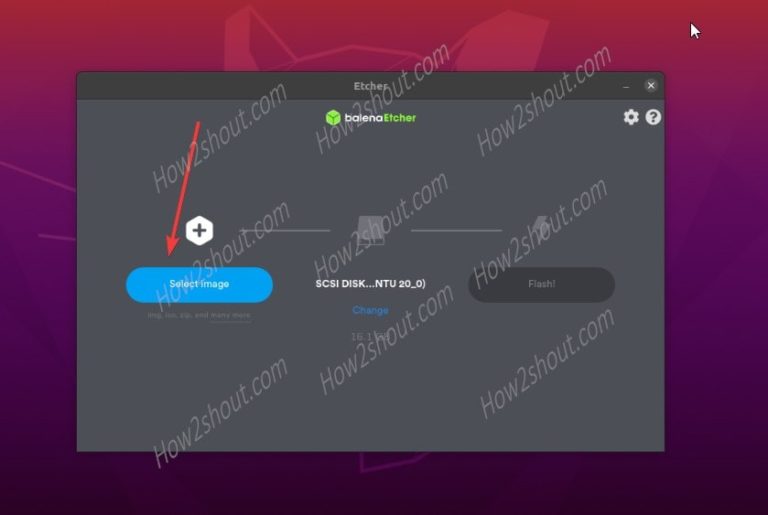

- #Install linux balenaetcher how to
- #Install linux balenaetcher update
- #Install linux balenaetcher manual
- #Install linux balenaetcher code
In conclusion, we have how to install and use balenaEtcher in Ubuntu 22.04 release. When its done, we see a Flash Complete! message. And, lastly Flash.Īt this stage, it would prompt for superuser password. Now, there would be three options available at the launch - Flash from file, URL and Clone drive.
#Install linux balenaetcher code
Try to issue the above code multiple times if the application doesn't launch the first time. The AppImage isn't yet executable therefore, use chmod command-line utility - chmod u+x balenaEtcher-1.7.9-圆4.AppImage It would extract an AppImage file in the current directory - balenaEtcher-1.7.9-圆4.AppImage. Thereafter, to extract the contents of the file - balena-etcher-electron-1.7.9-linux-圆4.zip unzip balena-etcher-electron-1.7.9-linux-圆4.zip
#Install linux balenaetcher update
If it isn't installed then, use the following code to install - sudo apt update For that, we have used unzip command-line utility ( More about unzip here). Next, we need to extract the contents of the file. The file - balena-etcher-electron-1.7.9-linux-圆4.zip would be around 96 MBs in size. If it doesn't do that then, use the drop-down button option. It would show us the button - Download for Linux 圆4. On the homepage itself, if we are already using a Linux based operating system. Google search " balenaEtcher" and the first result is our destination.

In case you don't have one then, we advise you to contact your System Administrator for assistance. Note: Following operations would require you to have superuser privileges. Therefore, we need to download the package from the official website of balenaEtcher. The package isn't available through standard Ubuntu repository. At the time of writing, v1.7.9 is its latest stable release. It is a free and open source application which is used to write OS image files to USB drives and SD cards. Then clock “OK”.In this article, we would cover how to install balenaEtcher in Ubuntu 22.04 release. Choose “Logical” for the partition type and select “swap area” from the drop down menu. Therefore, I use 4 GB for this installation. The more RAM you have, the less likely you need the SWAP memory. Most systems nowadays have at least 8 GB of RAM. Technically, you can do without SWAP at all, but it doesn’t hurt to have some SWAP in case your RAM is not that big. Note: Most guides I know of recommend to use double the size of your RAM for your SWAP partition and at least the same amount of memory as your RAM.

If your RAM is full, Ubuntu will then save additional data in the SWAP. It serves as an extension to your RAM (Random Access Memory) which is the fast memory which it needs immediately to function. The first partition you will make is the SWAP partition. Just select the free space partition and click on the plus symbol below to add a new partition. When doing it here, you risk to overwrite parts of the hard drive that were used for data. You could also shrink the partitions here, but I recommend doing it on Windows as this allows Windows to shift files around according to the modifications. When you find it, you should place the entry for USB devices on the first position so when you restart the computer it will automatically boot from the USB stick with the Ubuntu installation media. You need to navigate through it by yourself to find the option to change the boot order. The BIOS of each motherboard can be slightly different. Once you entered your BIOS, you need to find the option to change the boot order.
#Install linux balenaetcher manual
Else, you might need to look it up either in the manual of your computer on online. Your computer might even tell you which key to press. Which key to press depends on the brand of your computer. When the splash screen of your computer’s manufacturer appears, you need to press either F1, F2, F12, ESC or DEL on your keyboard to enter the BIOS menu of your computer. For your convenience, can automatically detect. The next step is to specify the drive to which you want to burn the OS image. The utility is able to work with OS images that are using the. Now it is time to plug in the flashed USB stick and restart your computer. This is open source application relies on a single window where the user gets to specify the OS image that wishes to be burned. After this is done, you can proceed with the installation of Ubuntu.


 0 kommentar(er)
0 kommentar(er)
